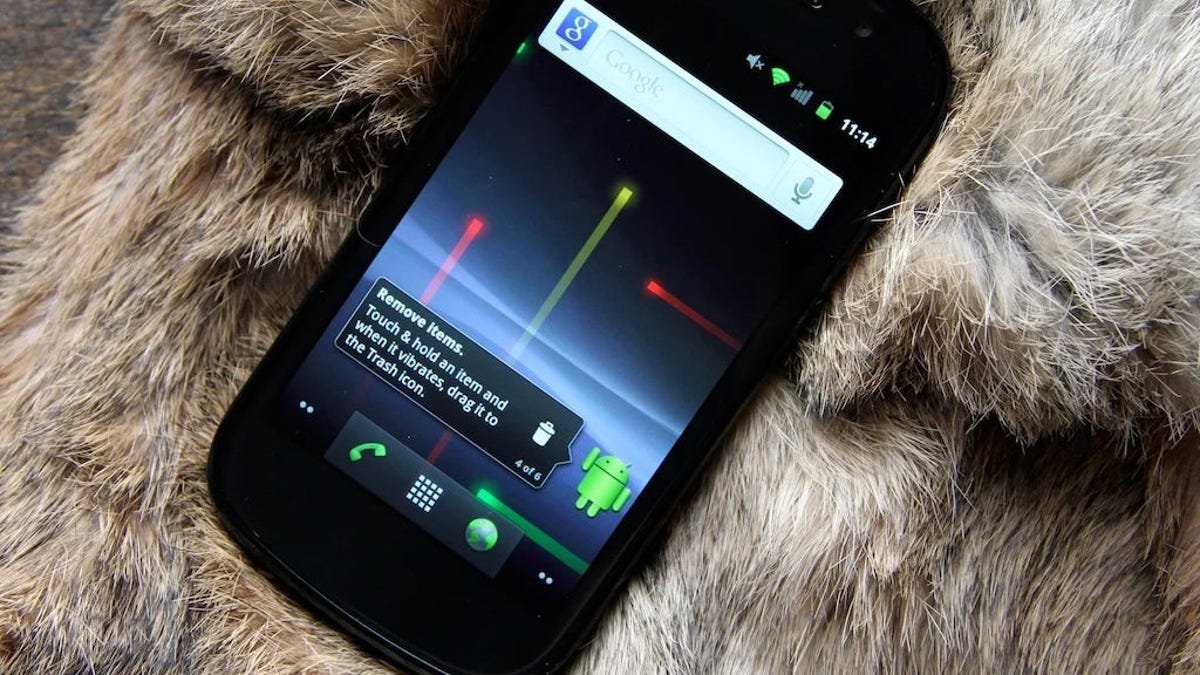Google is removing the Android version


Whether you’ve been using it out of nostalgia, or have been clinging to a device for way too long, it’s time to say goodbye to Android Gingerbread from a decade ago. Google is officially killing it.
From September 27, the company will no longer allow devices running Android 2.3.7 or lower to connect to Google services, removing all essential parts of being a user of Android. The post warns that “if you sign in to your device after September 27, you may get username or password errors when trying to use Google products and services like Gmail, YouTube, and Maps.” official.
If the device you’re using can be updated to Android 3.0 and later, Google will ask you to do so to continue accessing Google apps and services. And if you are unable to update that particular device to a newer version of the Android operating system, you can try logging into your account through the mobile browser.
Gingerbread is the seventh version of Android and perhaps one of the most famous in the history of the platform, as it was the first to launch the annual update program. The copy was kept for 10 months, compared to the usual three months that was the pattern in those days. Later, Google shifted its focus to Android 3.0 Honeycomb version for tablets only, and the next smartphone version was Android 4.0 Ice Cream Sandwich.
Gingerbread introduced a bunch of features to Android that we still rely on today, like the payment method and the choice to copy and paste. Gingerbread also made it possible to switch between two cameras, front and back, and support NFC, paving the way for wireless payments. So he brought us first Easter egg Android, which has become a traditional thing for the platform, especially among loyal users.
G/O Media may get commission
Android as a mobile operating system has evolved quite a bit since Gingerbread was launched in December 2010. Google has done a lot of work extracting parts of the operating system to update it more quickly. So far, this has proven to be a more efficient way to implement feature updates and has increased parity between devices on the platform. But it didn’t start that way, which is why some old and outdated versions have been phased out.
How do you explain Ars TechnicaHowever, closing Gingerbread’s access to Google apps and services is a feature for the rest of the Android operating system. Those older versions of Android don’t have access to the latest security features like two-factor authentication, which means they aren’t secure in today’s world.
Android Honeycomb, available only for tablets, is the oldest version that can now be used, as it relies on a relatively still-in-use option to sign in to a Google account through a browser. Like browsing the internet in a 1998 working virtual machine, it would be difficult to use an old Android device without the help of some software. third parties. Regardless, less than 0.2% of users currently use Gingerbread, so at least there won’t be a major outage once the release officially goes to the graveyard of major operating systems.

“Evil coffee nerd. Analyst. Incurable bacon practitioner. Total twitter fan. Typical food aficionado.”

:quality(70):focal(288x128:298x138)/cloudfront-us-east-1.images.arcpublishing.com/metroworldnews/4VWFN4IMGFGQTCCSYSVPIJDM4A.jpg)









